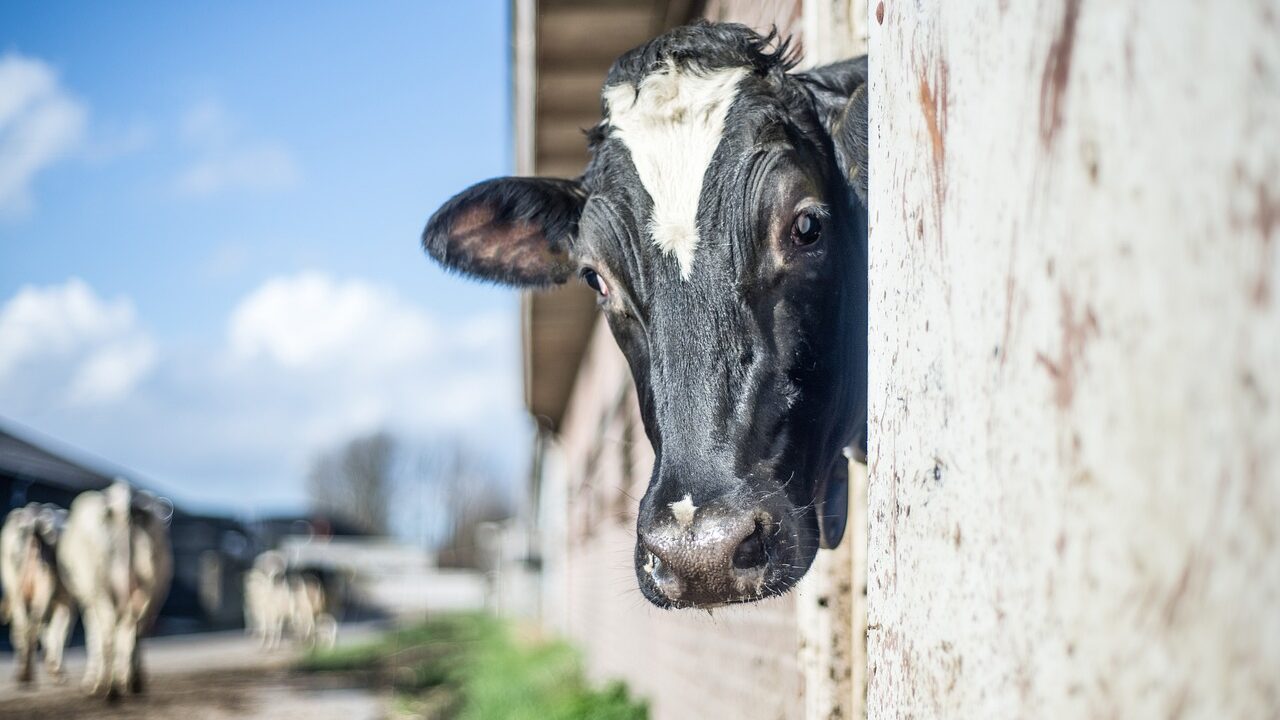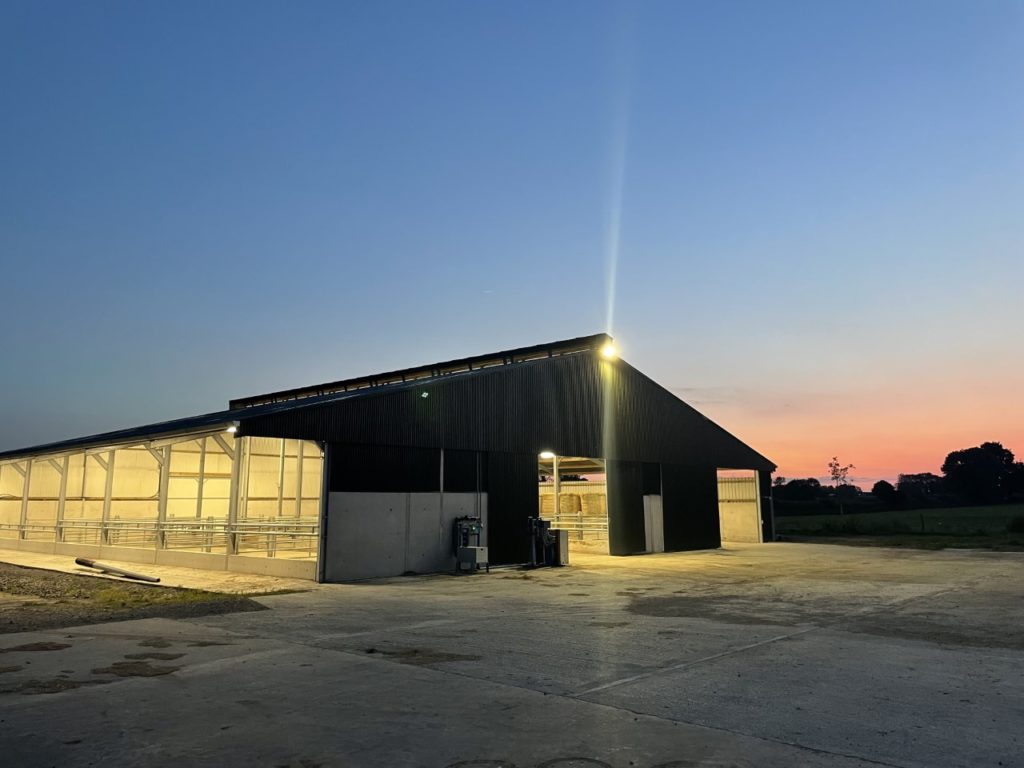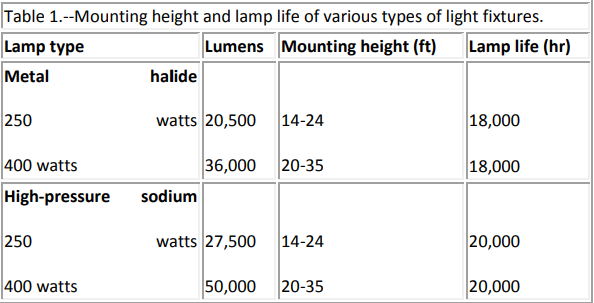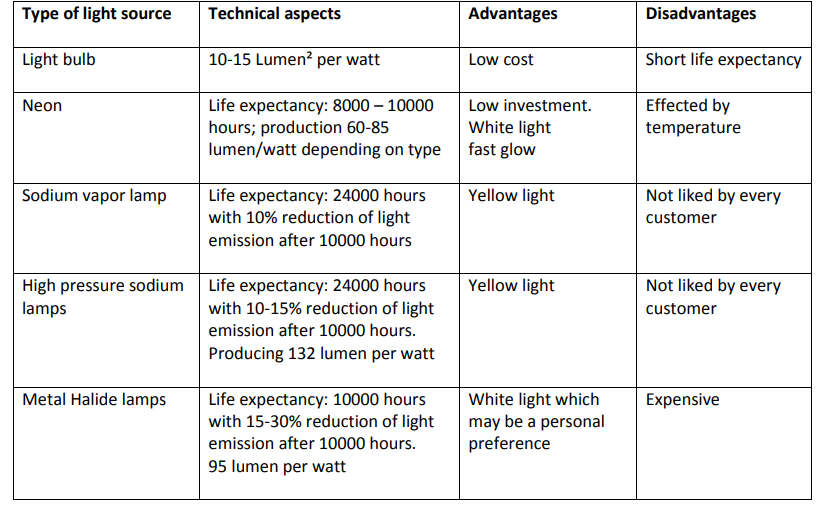With the evenings closing in, and autumn calving ready to start, farmers should be asking themselves: how much light should their cows be exposed to?
According to research, optimising the amount of light a cow is exposed to during the day (photoperiod) increases milk yield by approximately 6-10%.
The increased production occurs as light inhibits an enzyme used in melatonin synthesis, which affects hormones such as insulin-like growth factor-1 (IGF-1) and prolactin.
IGF-1 and melatonin drive a cow’s metabolism and therefore her milk production, while prolactin is responsible for getting the udder to increase milk production.
As these milk producing hormones are influenced by photoperiods, farmers can manipulate production through varying the amount of light cows are exposed to.
Some reports have also suggested that light also plays a role in production of high quality colostrum.
However a study published in the Journal of Dairy Science earlier this year concluded that photoperiods have no real affect on colostrum quality.
Long photoperiod
Long photoperiods with a ratio of 16 hours of light and eight hours of dark have been proven to increase milk production in lactating cows.
During the 16 hours, a cow needs between 150-200 lux (lx) or 15 footcandles (FC) at her eye level, followed by eight hours of uninterrupted darkness – this means lighting should be no stronger than 10 lx or 1 FC.
Farmers are reminded that low intensity red lights are acceptable for night-time lighting, especially around calving.
Red lights should have bulbs no stronger than 7.5W, spaced at intervals of 20-30ft.
When done correctly, the intensity of red lights should have no effect on an animal’s perception of darkness, and therefore keep melatonin secretion steady.
During long photoperiods, farmers are reminded that more is not better, as continuous light exposure can actually negatively impact milk production.
Cows will need at least 2-4 weeks to adjust to the change in photoperiods before a difference in milk production becomes apparent.
Dry period
Farmers that do not milk throughout the winter will be drying off their stock in the coming months, they should then enter a short photoperiod which acts as a ‘reset’ for cows.
The short photoperiod gives cows between 12-16 hours of darkness with levels less than 5lx.
In 5lx lighting, you should be still be able to see a printed text.
By following this practice, prolactin levels are reduced while dry, allowing the cow to deliver a better response to the next long photoperiod, and driving milk production.
Farmers who will be calving in the coming months are reminded that it will be harder for them to achieve such results, as cows are dry during the long days of sunlight.
Calculating your lighting requirements
It is always advisable to contact a qualified electrician when calculating requirements and fitting lights.
However, farmers who wish to calculate the requirements themselves should use the following calculations when looking for required fixtures.
(Shed size (square feet) x FC x K) / Lumen output per light
- FC (footcandles) is the minimum intensity required for the light period (usually 15-20)
- The K is a constant that accounts for light reflected in and escaping from the shed, you should use K=2 in enclosed shed and K=3 in open-sided cubicle buildings.
For example, a 10,000-square-foot open-sided shed lit by 250-watt (20,500-lumen) metal halide lights requires 22 fixtures.
Farmers should remember that lumen output per lamp varies. They should always use the manufacturer’s specifications when calculating the number of fixtures required.
Metal halide (MH) or high-pressure sodium (HPS) lights are two energy-efficient ways to light cubicle buildings.
HPS lights cost more, but have generally have lower operation and maintenance costs and a 10% longer life.
Light placement
Once you have the required calculations, you will be set to install the lights.
Remember that the light must be evenly distributed throughout the shed. Avoid spotlighting and dark corners in areas of the shed by placing fixtures at an appropriate height in a uniform distribution.
You should always have at least 15FC at a height of 3ft from the cubicle bed.
Lights should be mounted approximately 14-35ft above ground level. However, the height depends on the wattage of your lamp, while spacing of the lights should typically be 1.5 times the mounting height.
In smaller sheds, mounting height will decrease and require more fixtures of lower wattage to minimise spotlighting and dark areas.
When constructing sheds, many farmers only place lights only above the feed passages and not evenly throughout the entire cubicle building.
However, a cow typically is at the feed barrier for only 3-4 hours of her day, while she spends anywhere between 12-16 hours plus in a cubicle resting.
Due to this, the lighting must be distributed evenly, or else the cow will receive inadequate photoperiod exposure in her cubicle, and milk production will not increase.
Photocells
Many farmers install photocell panels as they can reduce energy costs while increasing lamp life if used correctly.
The panel should be placed in a position where it is exposed to light of similar intensity as that inside the shed, but not exposed to the shed’s artificial lighting, with many farmers opting to install the panels under side eaves outside
When sunlight provides the required 15FC, the photocell will turn off the lights.
Setting the photocell with a time delay evens out the effect of the sun and clouds on the shed’s lighting.




